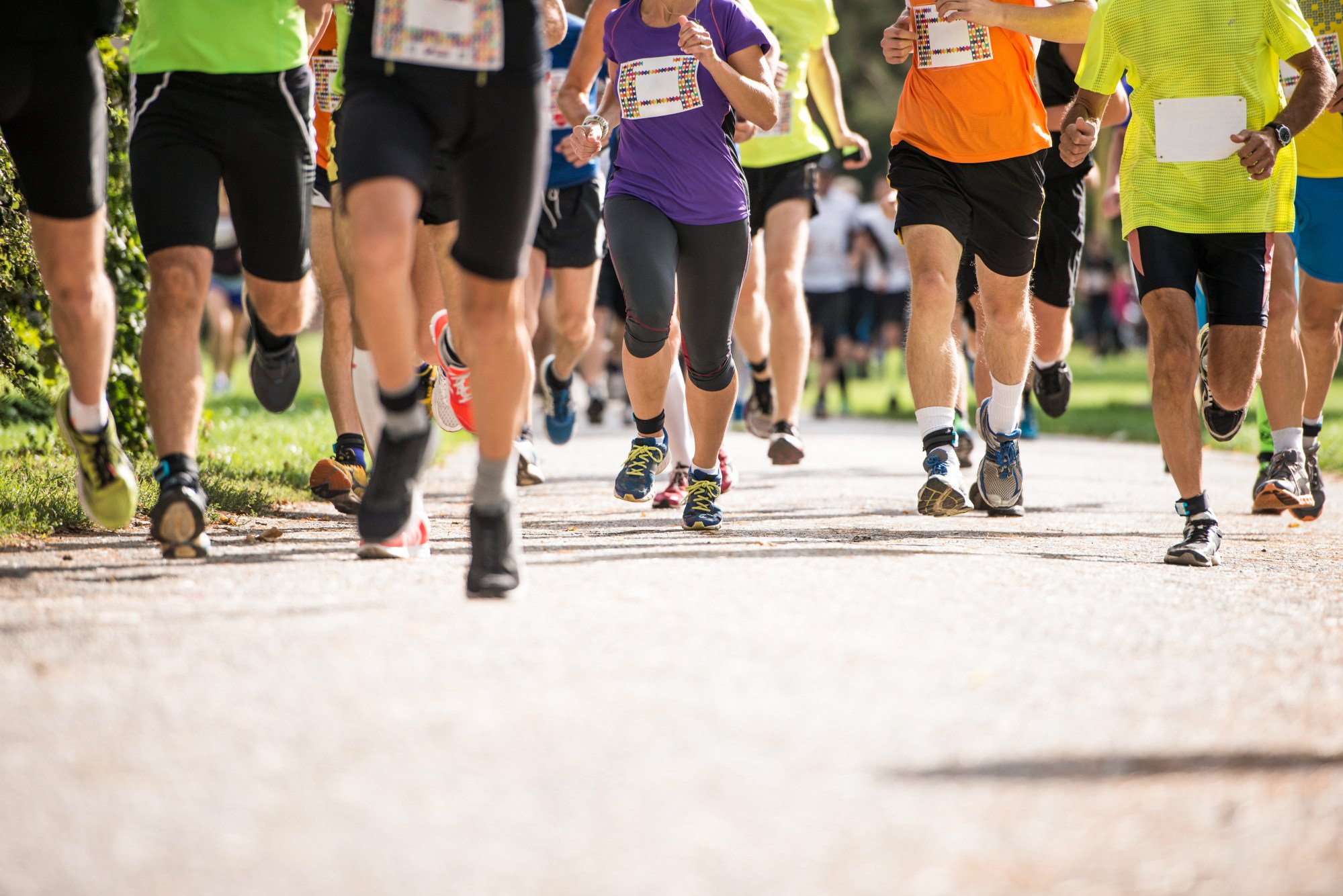
Explainer | Pulling your calf muscle when running: treatment and prevention
- A common injury for runners is to pull their calf muscle, which can be painful and stop them training for weeks
- There are some simple remedies and also exercises you can do to prevent this injury from happening
One of the most common injuries for runners is pulling a calf muscle. It can happen all of a sudden, seemingly at random.
It can be very painful, and keep runners from training for weeks.
Even more frustrating, it can then happen again as soon as you get back to running.
But there are some simple remedies and also exercises you can do to prevent this injury from happening.
What is a pulled muscle?
A pulled muscle is a small tear in the muscle. It is sometimes called a torn muscle or a sprain.

What causes a pulled calf muscle?
Two things tend to cause a strain or a pull. Over stretching your calf muscle, or a quick sudden movement that causes it to tear. The muscle becomes overloaded and tears under the pressure.
For example, a sudden burst of pace, or a change of direction may pull the muscle. Running uphill, with your heel dropping below your toes, might stretch it and tear it.
What does it feel like?
The symptoms of a calf pull can vary, depending on the severity.
It starts with a sudden pain. The pain is sharp and may feel like you’ve snapped something. You probably will have to stop running (and you should stop running, even if you think you can go on).

After the initial pain, you may feel stiffness, and see swelling. It may also be painful to touch the affected area.
You may experience a loss of power from that muscle, like your foot is limp and you cannot push up or stand on the balls of your feet.
How to treat your pulled calf
Rest is key. Do not go for a run. If you are in a lot of pain, try and avoid even walking.
If you are concerned or in a lot of pain, seek professional help, such as from a physio-therapist. A sports massage is another option.
If the pain is excruciating, and the foot is completely limp, it could be an Achilles tendon tear, which is far more serious.

The age-old adage is “RICE” – rest, ice, compress and elevate.
When your calf is feeling better, ease yourself back into running. Start with walking, see how you feel, then add mileage slowly. Too much, too soon, will result in a relapse.
Prevention is better than cure
Preventing a calf pull, or preventing it happening again, is the ideal.
There are a number of practices that will make your calf more resilient to injuries.
-
Warm up
-
Strength training
Definitely do calf raises.

Lift your heel slowly off the ground, then lower your heel again. Do it several times. When you get stronger, try walking on your toes.
If you are strong in one area, like the calf, but weak elsewhere, then you may end up compensating and getting injured. So, doing strength exercises that focus elsewhere on the leg will also help.
For example, walking lunges, squats or box jumps.
-
Flexibility and mobility
These two are often used interchangeably, but they actually mean different things.
Flexibility is how far your can stretch you muscle statically, while mobility is about your range of motion through a joint.
Being both flexibil and mobile will help your calves. Do static stretches at the end of a session and mobility exercises as part of your training.
Yoga is a great way to improve both.
-
Shoes
Old worn out shoes might be causing your calves to tighten up and be more susceptible to a tear.
An easy test is to look at the soles. If they are very worn down, and have lost their tread, it might be time to get a new pair.

